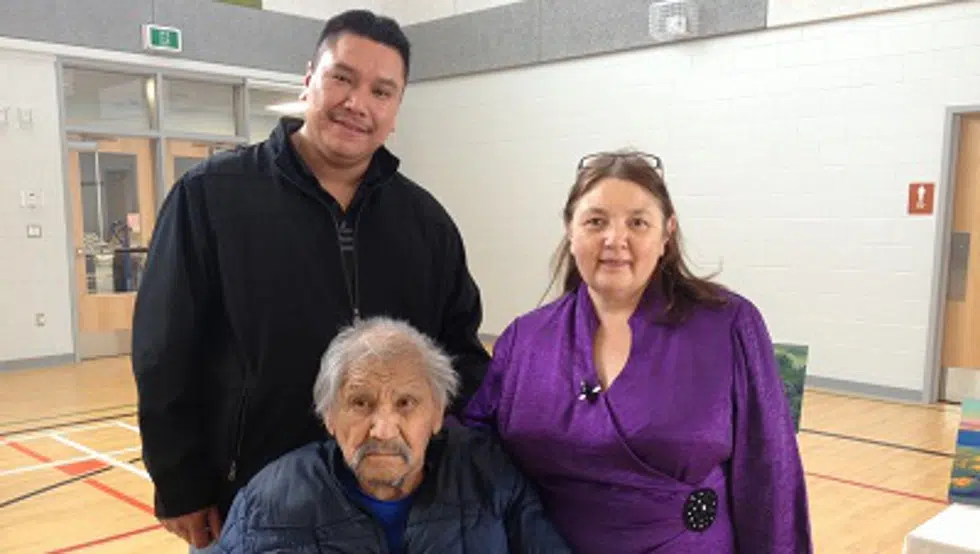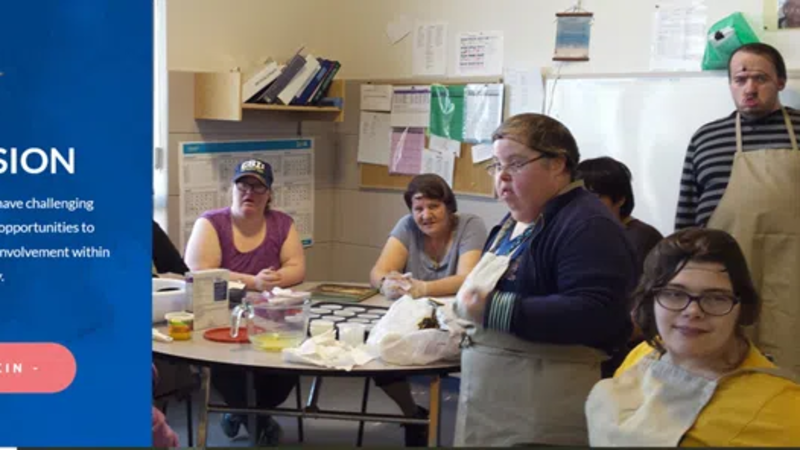
Storyteller passes on Cree culture through children’s book
Just as their ancestors had done, the children sit at the feet of an elder speaking in Cree with a story about honouring buffalo.
Except these children are hearing the story in a shiny new gymnasium, not next to a campfire under the stars. The story is being shared through a new book intended to help children understand the Cree language.
“You must always honour the buffalo because they gave us life,” elder Ray Lavalee told a group of students at Seven Stones Community School in Regina.
“Remember where you come from, that is how you know who you are,” he tells the children before beginning a traditional Cree prayer.


